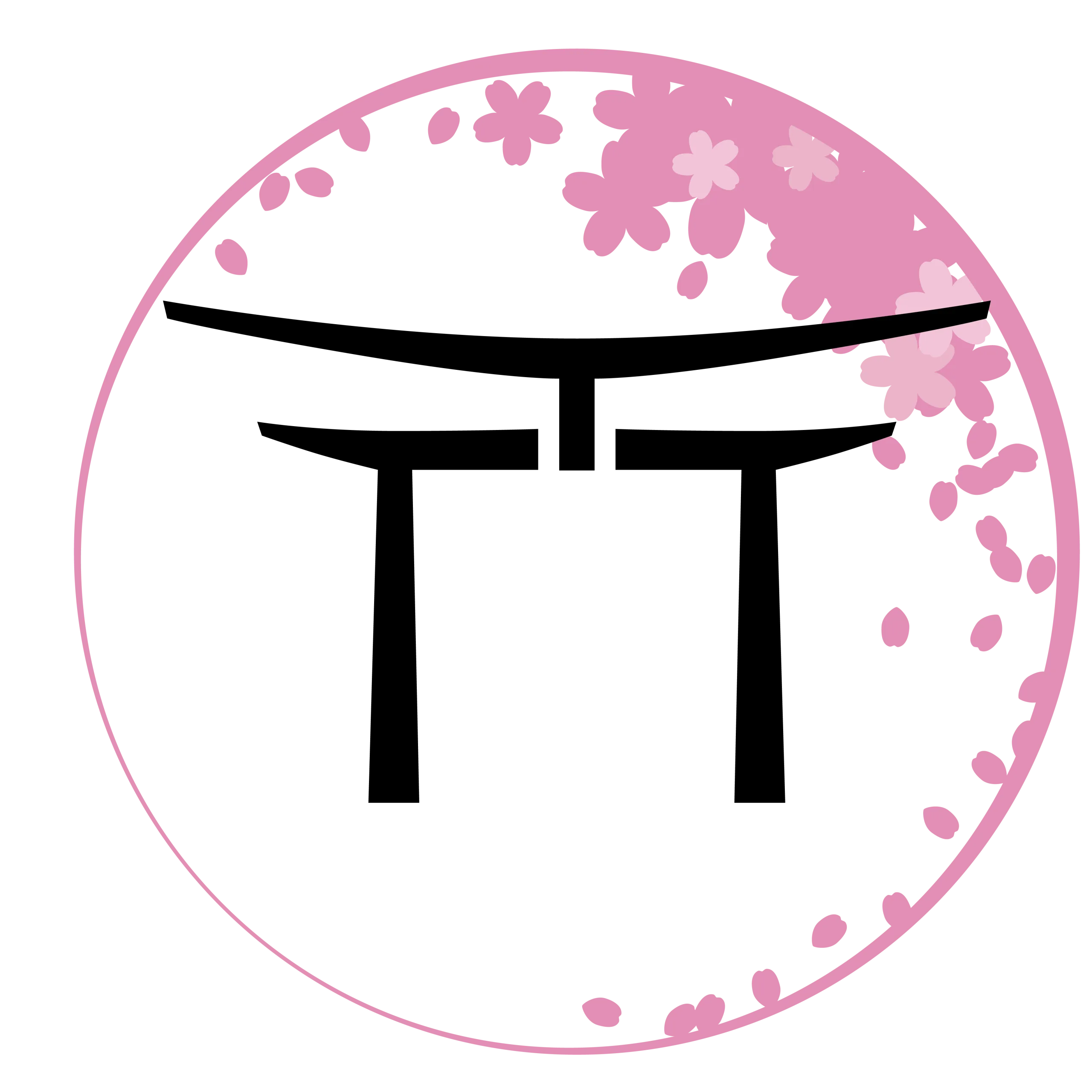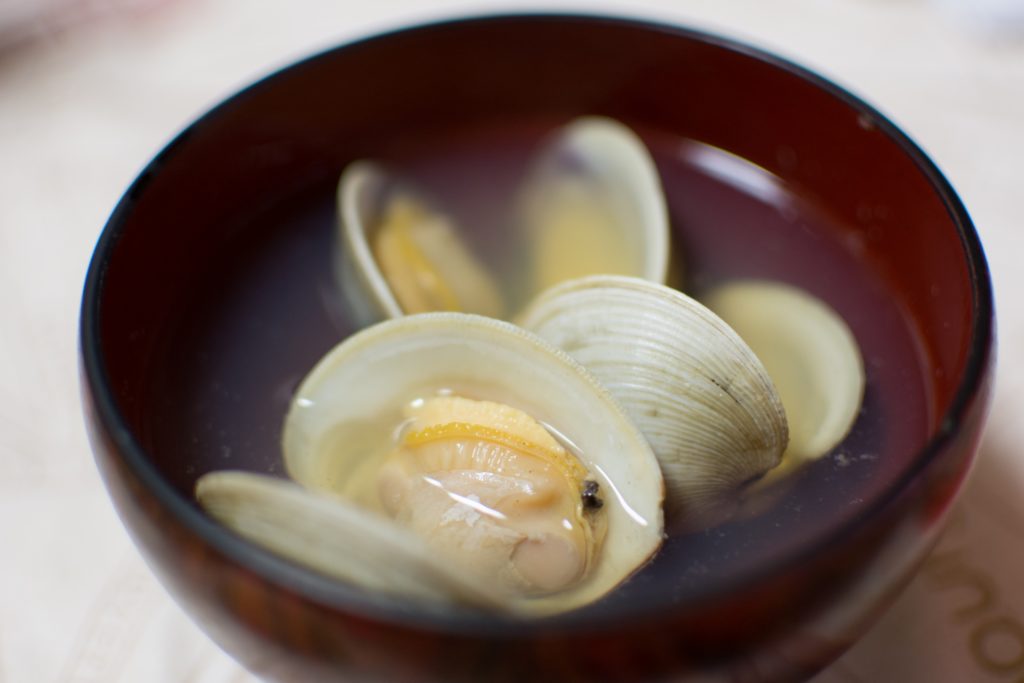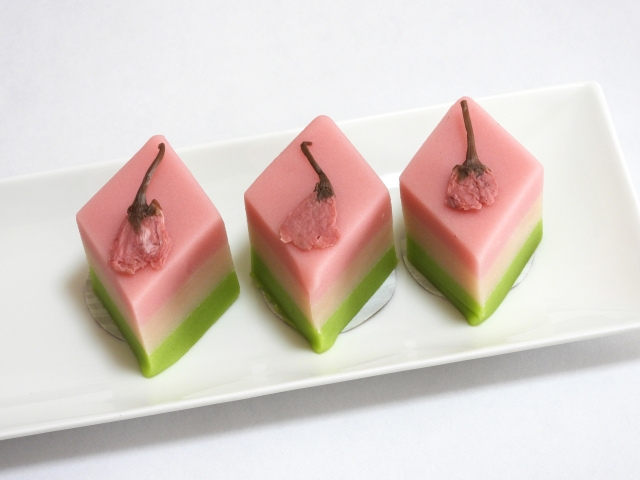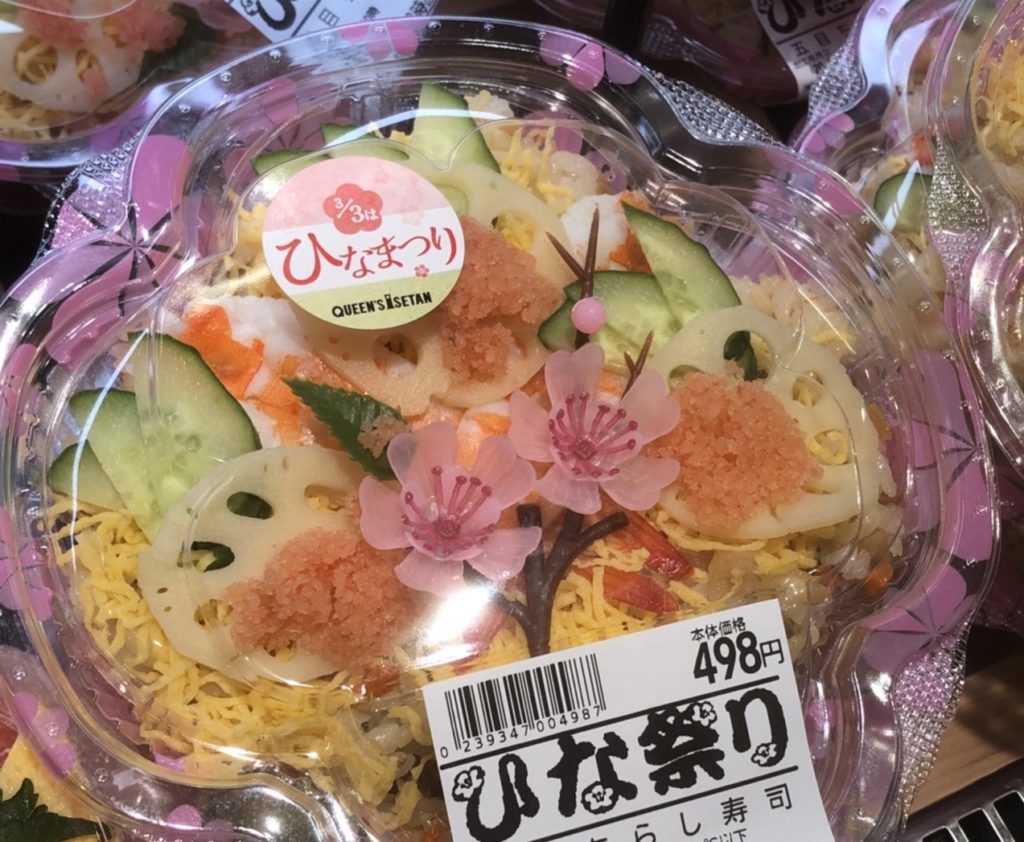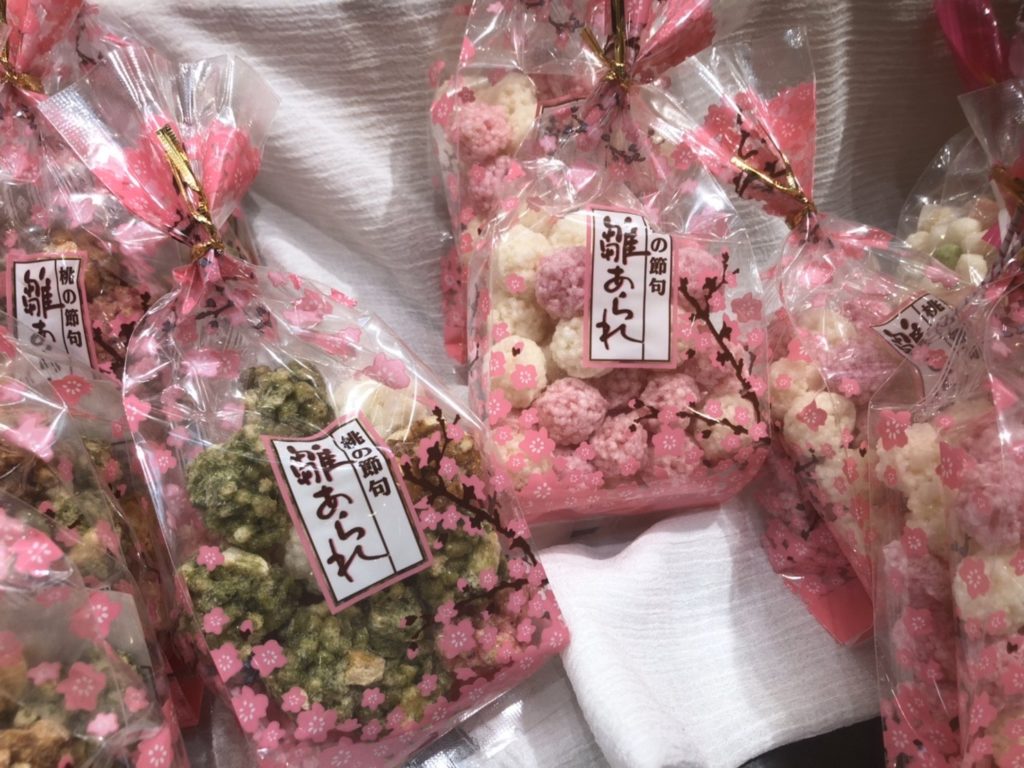Hinamatsuri (Girls Festival): A Day to Celebrate Girls in Japan
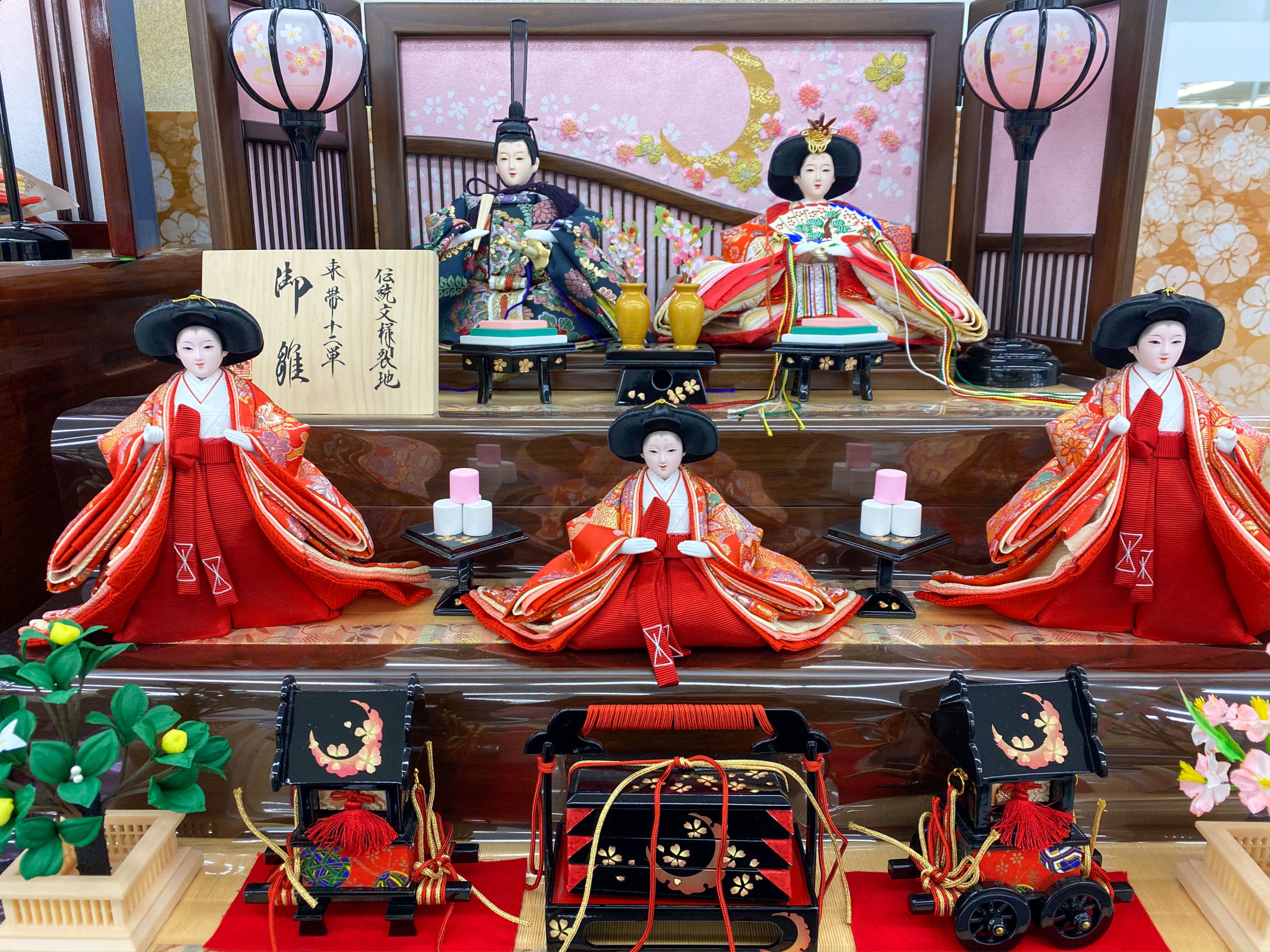
Last Updated on February 1, 2024 by Kay
This post may contain affiliate links, meaning I may earn a small commission on any purchases through those links at zero additional cost to you. Whatever I make goes to keeping this website running and I am forever grateful for the support. See my Privacy Policy for more information.
In February 2019, my husband and I found out that we were going to have a baby girl.
I remember feeling especially excited because around that time of year, there were many beautiful decorations and displays for Hinamatsuri. I knew of the tradition but having a daughter meant that I would soon be able to celebrate it with her for years to come.
In this article, I will share a bit of background about Hinamatsuri and how girls in Japan celebrate the event.
Table of Contents
What is Hinamatsuri?
Hinamatsuri (雛祭り), or Girls/Dolls Festival, is a yearly celebration on March 3rd for girls in Japan. It’s also known as 桃の節句 (momo no seku) or Peach Festival as it’s held during peach blossom season.
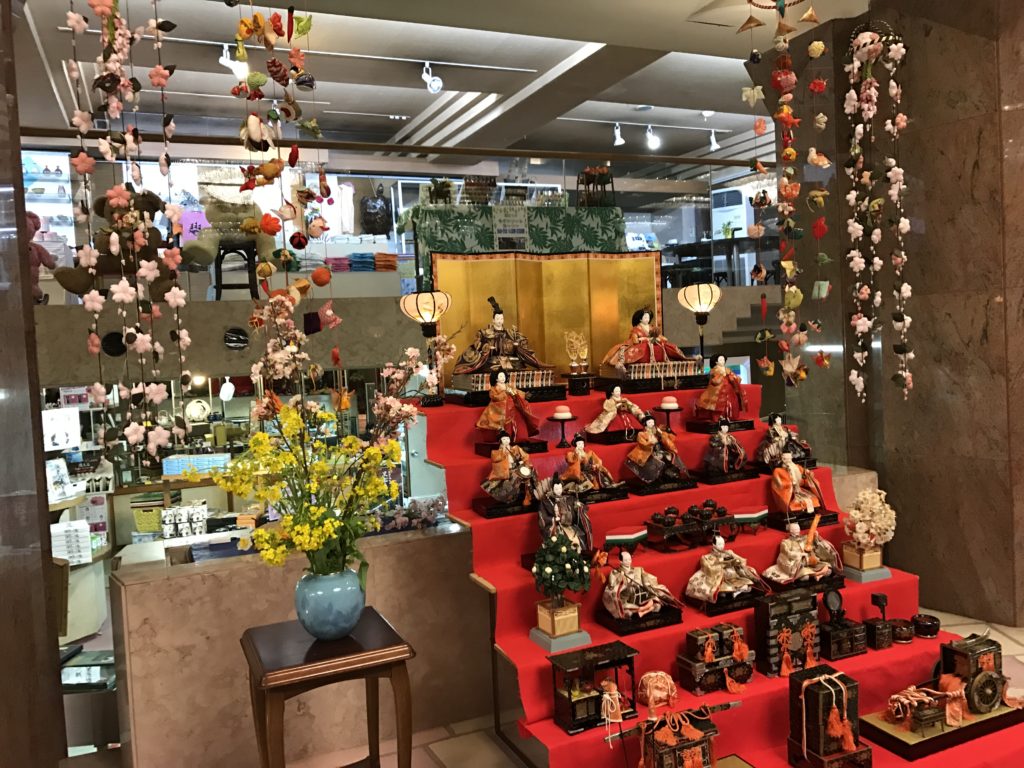
An elaborate set of multi-tiered Hina dolls on display at a hotel in Izu
From around February onwards, Hina dolls (雛人形 or hina ningyo) are displayed throughout Japan and in the homes of families with daughters to bless them with health and happiness by absorbing bad luck. These traditional dolls are of a noble couple and more elaborate sets include members of the court, ladies-in-waiting, and servants.
The dolls can be quite costly, ranging from a few ten thousand yen to several hundred thousand (!), and are typically bought by grandparents or passed down to the eldest daughter by her mother.
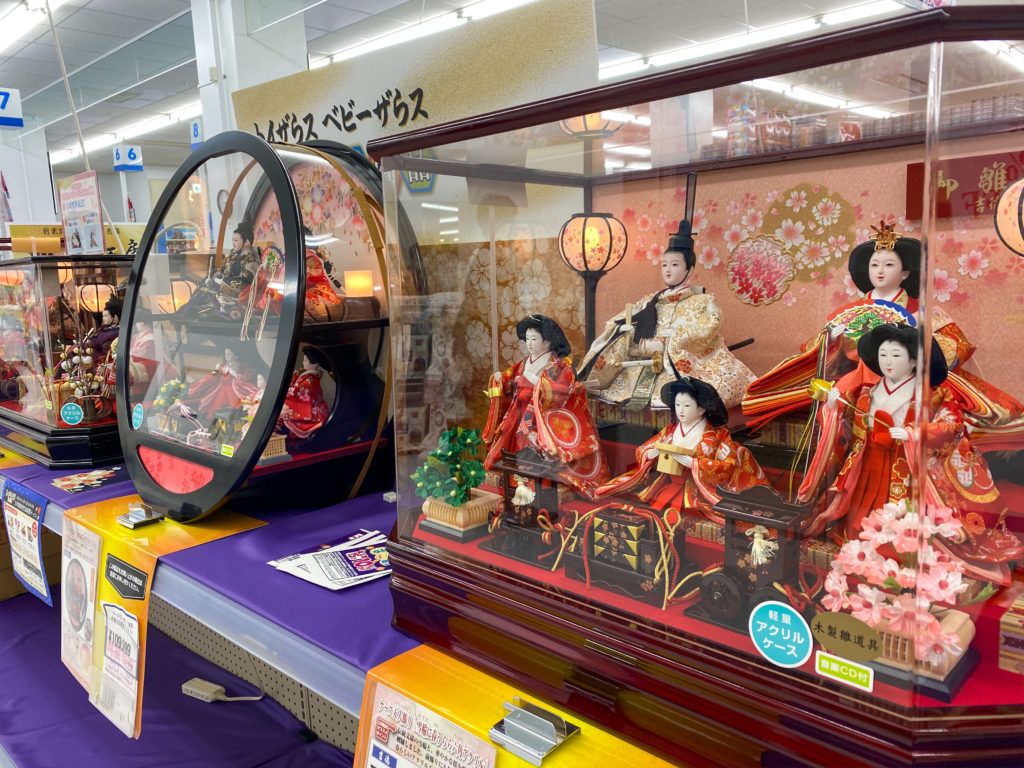
Hina dolls for sale at Babies R Us
You might also hear a traditional Japanese song being played in stores and hotels around the end of February/beginning of March. This Japanese children’s song is called うれしいひなまつり (Happy Hinamatsuri) and was originally released in 1936, so it’s relatively modern in comparison to when Hinamatsuri itself first began.
Origins of Hinamatsuri
The origin of Hinamatsuri is difficult to pinpoint exactly as it is a combination of different traditions throughout Japanese history. One belief is that its beginnings in Japan can be traced all the way back to the Nara period (710 to 794) when people would cast paper dolls into the river on March 3rd, an auspicious day, in order to dispel bad luck and ward off malevolent spirits.
Hina dolls in the Heian period (794 to 1185) that followed, however, were not associated with bad luck and instead, the daughters of nobles would play with Hina dolls that were much simpler than the ones we see now, which was called “ひな遊び (Hina asobi).
Throughout the years, these two customs merged, and modern-day Hinamatsuri originated sometime during the Edo period (1603 to 1868). The dolls became smaller and more elaborate and were displayed in the house, rather than played with or placed into the river, in order to protect daughters by taking in any bad luck that may harm them.
Hinamatsuri Dolls: Put Away Without Delay
It is essential that Hina dolls are put away soon after March 3rd; otherwise, as superstition has it, it will take longer for the daughter (or daughters) to get married. There’s a really cute animated movie that touches on this called Mirai no Mirai (未来のミライ) where a young boy tries his best to put away his baby sister’s dolls because their father forgot.
When exactly to put away the dolls, though, varies in Japan according to region and families. Some families put it away the next day, others wait two weeks and some keep the dolls displayed for the entire month of March. It’s also important not to start displaying the dolls the day before Hinamatsuri as that’s considered bad luck. Displaying the dolls right after New Year’s Day is best.
Where to Get Hina Dolls
You can buy Hina dolls from most major stores for children in Japan, department stores, or online, such as Rakuten or Amazon Japan.
Some families also display a small flag with their child’s name embroidered on it.
What to Eat on Hinamatsuri
There are several traditional dishes that families eat to celebrate Hinamatsuri:
ハマグリのお吸い物 (hamaguri no osuimono) or clam soup

Clams are considered auspicious in Japan and also symbolize a perfectly matched couple that will last a lifetime as clamshells can only close if both sides fit together in unison.ひしもち (hishimochi) or glutinous rice cakes

Hishimochi are colorful little rice cakes layered in pink, white and green and represent the wish for girls to be healthy, grow and have an enriching life.ちらし寿司 (chirashizushi)

Chirashizushi is a large bowl of sushi rice with a variety of toppings that have meaning. For instance, shrimp symbolizes longevity as they are curved similar to the back of an old woman. The holes within the lotus root are meant to represent being able to have foresight. Lastly, beans (edamame) stand for diligence.
ひなあられ (hina arare)

This is a puffed rice snack unique to Hinamatsuri. It usually comes in four colors that represent the four seasons: pink, green, yellow, and white. By displaying all four colors of hina arare, it is believed that daughters will be healthy for all four seasons. Some areas in Japan have hina arare in only three colors (pink, white and green), but the meaning remains the same. Depending on the region of Japan, these snacks can be salty or sweet.
Although it’s not traditional, many cake shops also sell special, colorful cakes in green, pink, and white for Hinamatsuri that are usually decorated with edible Hina dolls.
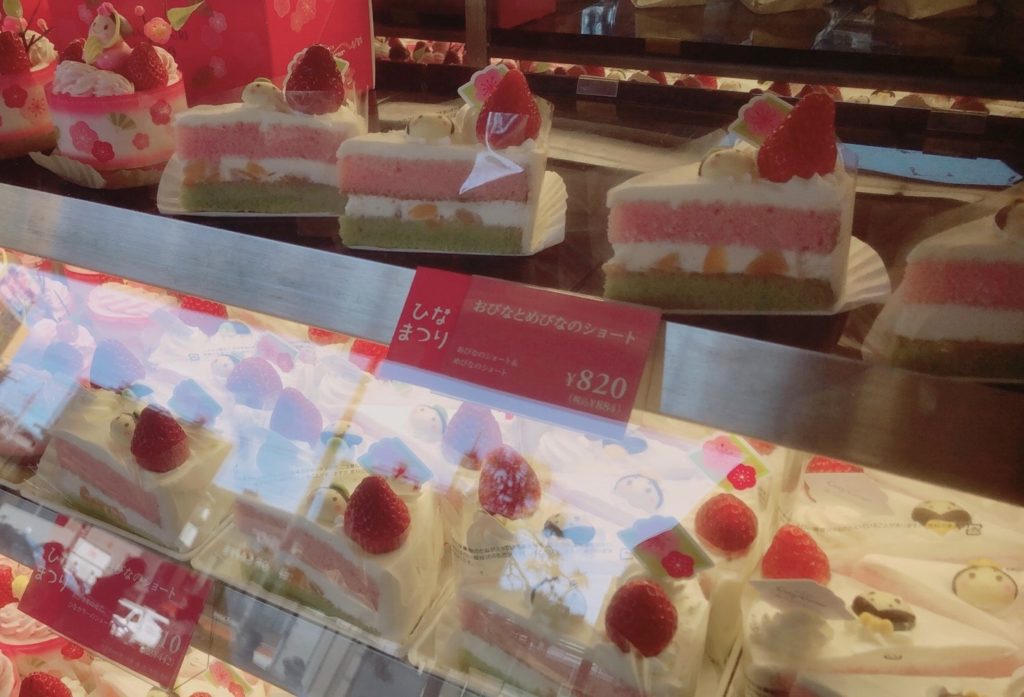
Hinamatsuri cakes at Ginza Cozy Corner, a popular cake shop chain in Japan
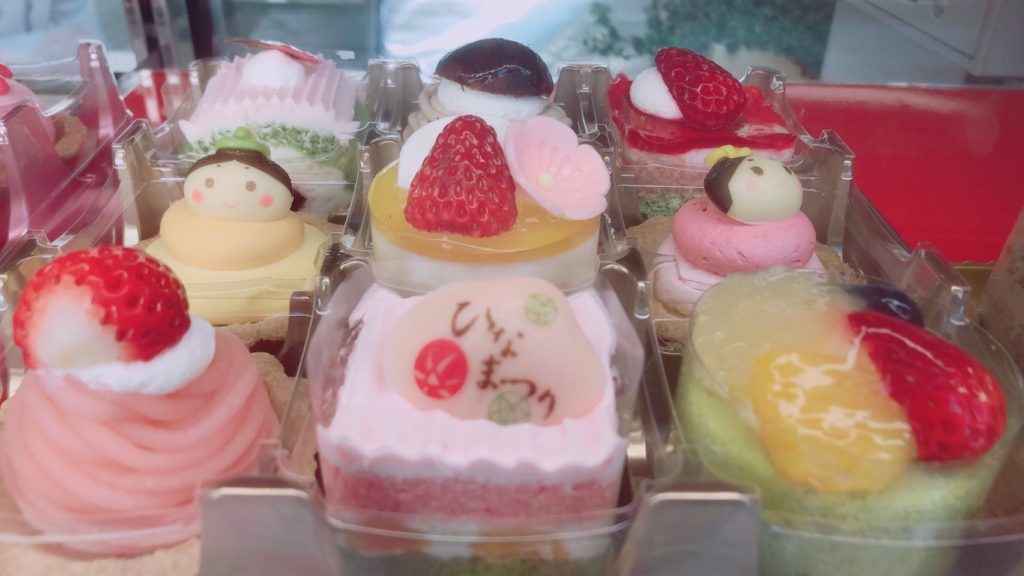
My Daughter’s First Hinamatsuri
When we went to visit my husband’s family during New Year’s for the first time as a family of three, my mother-in-law gifted our daughter with a beautiful set of Hina dolls that were made by my husband’s great-aunt over four decades ago. I feel very grateful that my daughter has such a lovely family heirloom that she can pass down if she chooses to have children.
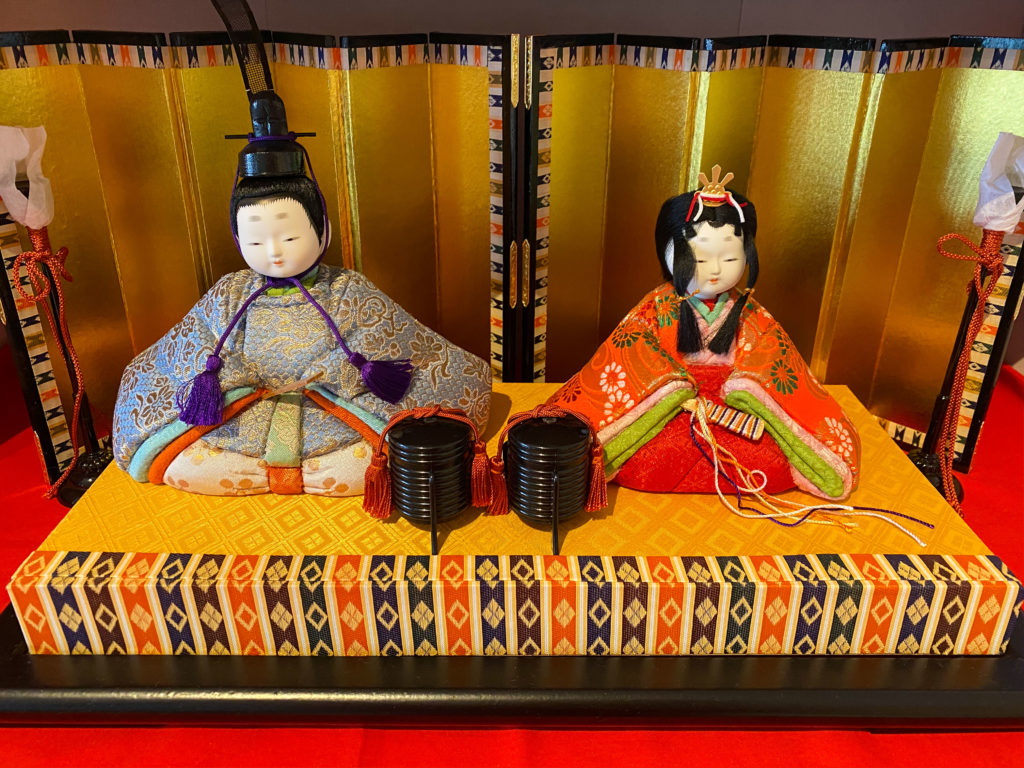
Baby A’s Hina dolls
My mother-in-law also suggested that we celebrate Hinamatsuri early while we were in Hiroshima, as this would be our daughter’s first and they wouldn’t be able to come to Tokyo the following year.
My mother-in-law decided to keep it simple with homemade chirashizushi topped with egg, lotus root and shrimp, and an adorable store-bought cake. (As we were celebrating it quite early, we had to settle for something a little more simple than the usual Hinamatsuri cakes that are sold in shops at the beginning of March). The writing on the cake says 初節句(はつせっく), which means “first Hinamatsuri”.
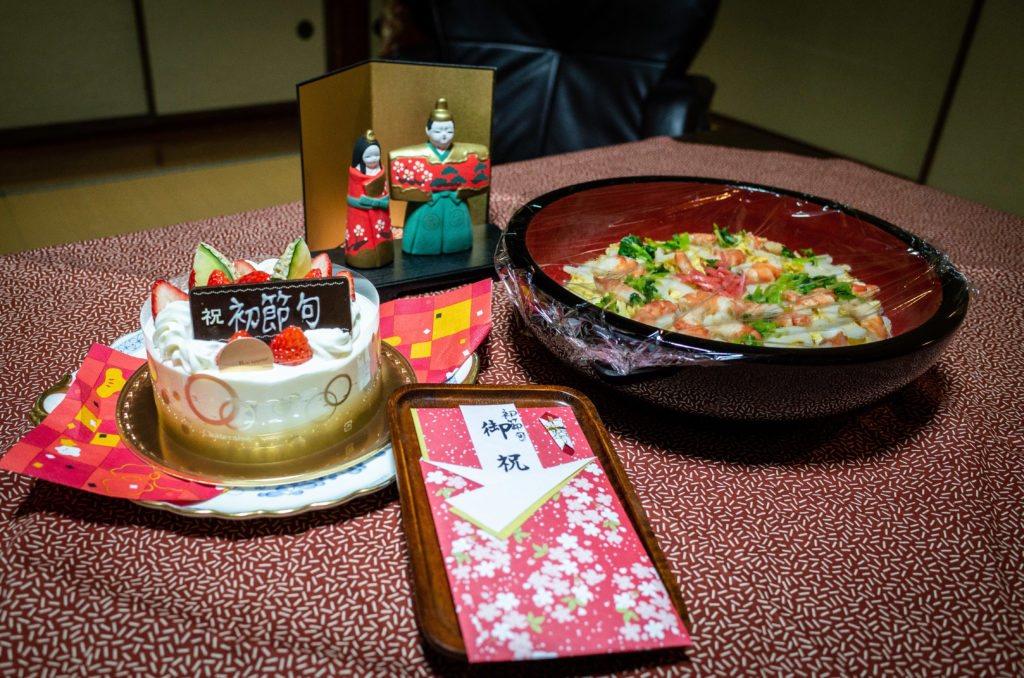
Cake, small Hina doll figures, chirashizushi, and a monetary gift
We took some photos and my daughter received a monetary gift from her grandparents as this was her first Hinamatsuri. It was a small and laid-back celebration that we have continued with our daughter every year. Now that she’s older, she loves getting cake and happily eats the chirashizushi, which we buy from a grocery store.
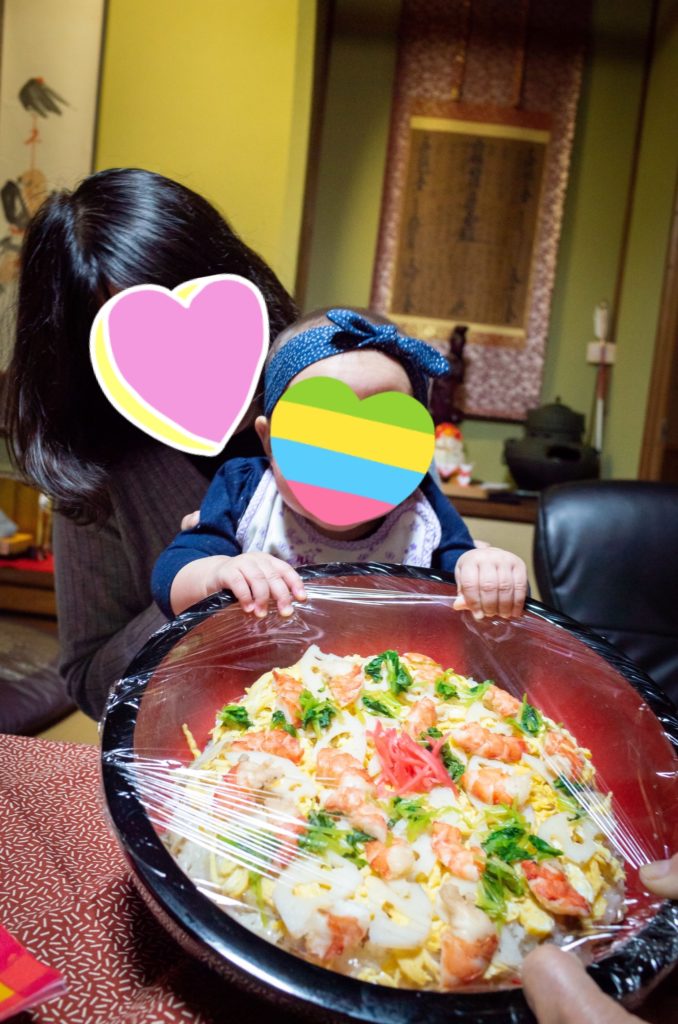 My daughter at 6 months, trying to take all the chirashizushi for herself. After all, it was her day!
My daughter at 6 months, trying to take all the chirashizushi for herself. After all, it was her day!
Interested in learning about other traditions in Japan for children? Then check out these articles!

